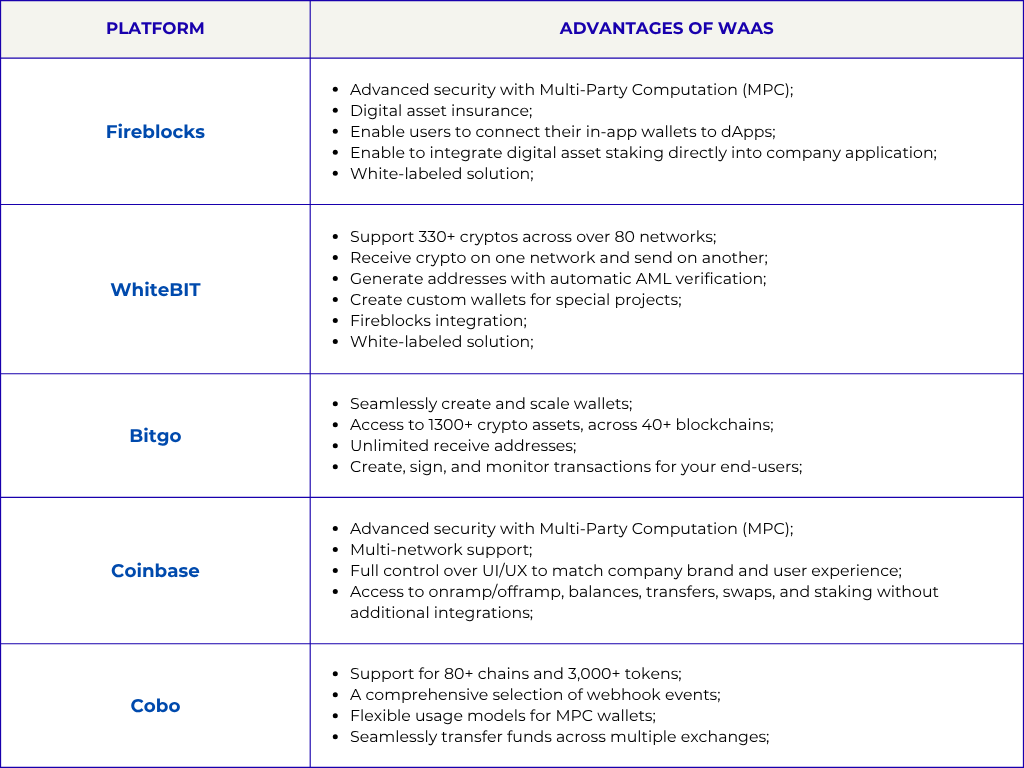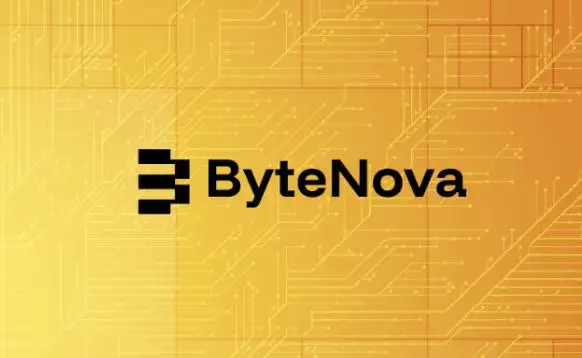
In Web3, everything changes faster than trends on social media. As a result, teams of emerging startups often fall into a certain trap: they spend a lot of time on development — writing code, configuring nodes, creating their own wallets, solving security issues — but they don't test their idea on the market.
As a result, several months pass, the market moves on, competitors release their idea earlier, and the product remains in the “almost ready MVP” status.
But the Web3 industry is not waiting. Here, the speed of product launch has become the main KPI, and it is not those with the “cleanest” code who win, but those who test their hypotheses the fastest.
That is why today, Wallet-as-a-Service (WaaS) is becoming for Web3 what cloud hosting once became for Web2 — a technology that eliminates technical infrastructure problems and allows teams to focus on what matters most: creating a valuable product.
Many startups underestimate the fact that basic infrastructure can actually consume almost half of the MVP budget. After all, most resources are spent not on the product itself, but on basic things such as security, key management, blockchain integration, etc.
In a typical development scenario, the team first creates its own wallet, then faces the problem of secure storage of private keys, and then adds support for multi-chains, on-ramps, KYC, and storage.
However, each step is a separate development, an additional risk, and, most often, a diversion from the main idea of the product. Without ready-made solutions, this process can take years and still not reach the point where the user first clicks “Log in with wallet.”
It is in such cases that Wallet-as-a-Service (WaaS) becomes a real light at the end of the tunnel for businesses. It is a cloud-based solution that takes care of all the technical complexities of managing digital wallets and crypto assets.
Instead of building their own infrastructure, businesses get a ready-made service for creating wallets, managing keys, and ensuring security. Users get a simple and reliable way to store, send, and receive digital assets.
The main advantage of WaaS is that it provides enterprise-grade security, allowing teams to focus on using assets rather than routine technical work. For businesses, this means quick integration of crypto wallets into the platform without wasting time and resources.
Key features of WaaS:
Using WaaS, teams can focus on product development rather than struggling with technical complexities. It allows them to quickly move from idea to first user click and enables to scale your business without spending time and budget on infrastructure.
Although Wallet-as-a-Service is still gaining popularity among companies, several key players have already emerged on the market, taking on most of the technical tasks that previously fell on the shoulders of startups.

A few months ago, I watched the launch of one of the Web3 marketplaces, which planned to enter the market within a year. Soon, the classic problem of startups became apparent: most of the time and resources are spent not on the product and UX, but on the basic infrastructure — their own wallet, key management, node integration, and security.
From my many years of experience, I quickly realized that this is often what slows teams down, and decided to advise them on how to reduce their time to market by integrating WaaS.
The team chose a Wallet-as-a-Service provider that suited their stack. The SDK integration was quick — there was no need to create their own storage or think about storing private keys.
Initial user tests showed that the wallet worked “under the hood” and the UX remained simple and intuitive, almost like in regular Web2 applications. We calculated that this saved them about 9 months out of the planned year for infrastructure.
The result was truly impressive: the market launched in 3 months instead of 12. This allowed the team to focus on user acquisition and product development rather than keys and nodes. Such time savings directly impact early revenue and the speed of hypothesis testing.
Web3 is no longer a technological experiment — it is becoming a platform for business development. For Web3 startups that want to quickly test their product and UX, WaaS is not just a convenience, but a strategic advantage.
It allows you to focus your resources on your business, minimizes technical risks, and speeds up launch. Investors and teams should take a closer look at this approach if their goal is rapid growth and obtaining the first real data from users.
On-Chain Media articles are for educational purposes only. We strive to provide accurate and timely information. This information should not be construed as financial advice or an endorsement of any particular cryptocurrency, project, or service. The cryptocurrency market is highly volatile and unpredictable.Before making any investment decisions, you are strongly encouraged to conduct your own independent research and due diligence
Tags :

0 Comments
Show More

Circle USDC, led by Nima Elmi, holds early talks with the Nigeria's Ad Hoc Committee on Cryptocurrency.

Backed by NVIDIA and a16z, ByteNova is unlocking the full potential of Web3 and Edge AI

AI is a fantastic tool but a terrible trader. Discover why market psychology, tweets, and panic overpower algorithms, making perfect crypto predictions impossible.
On-Chain Media is an independent, reader-funded crypto media platform. Kindly consider supporting us with a donation.
bc1qp0a8vw82cs508agere759ant6xqhcfgcjpyghk
0x18d7C63AAD2679CFb0cfE1d104B7f6Ed00A3A050
CBaXXVX7bdAouqg3PciE4HjUXAhsrnFBHQ2dLcNz5hrM
Contains the last 12 releases